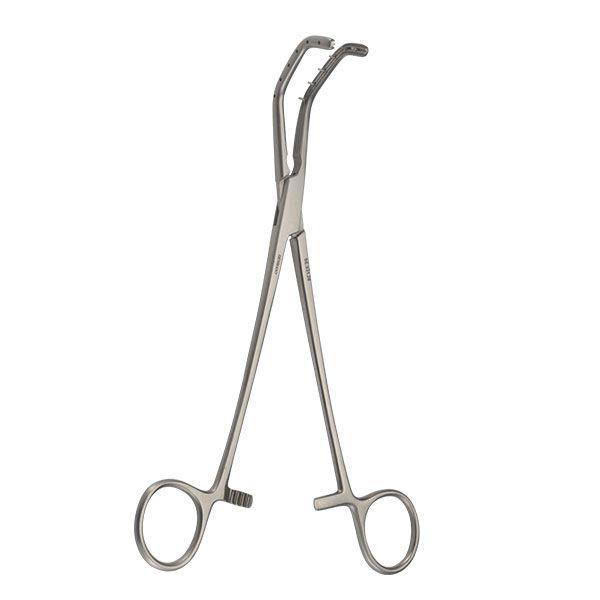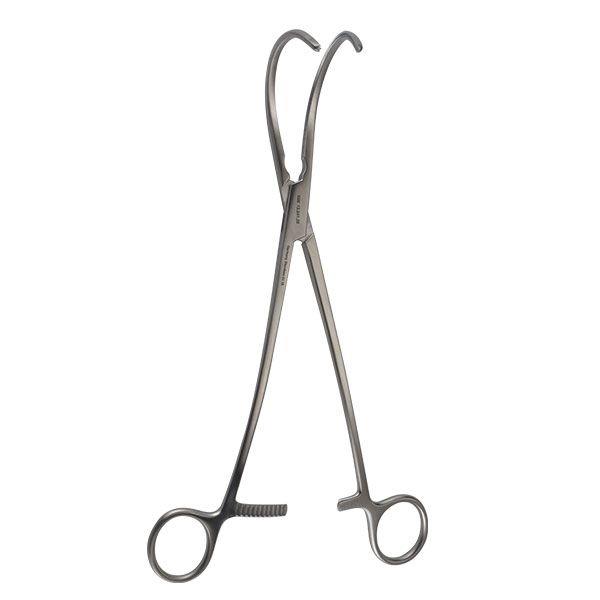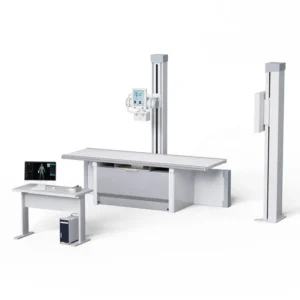Artery forceps



Overview
Artery forceps are vital surgical instruments used to control blood flow during various medical procedures. They come in different types, shapes, and sizes, each designed for specific applications. We will explore the general types, features, and functions of artery forceps.
Types of Artery Forceps
The following table illustrates the common types of artery forceps and their general uses:
| Type | General Use |
|---|---|
| Straight Artery Forceps | Clamping large blood vessels, manipulating tissues |
| Curved Artery Forceps | Clamping vessels in deep spaces |
| Long Artery Forceps | Reaching into deep surgical sites |
| Small Artery Forceps | Delicate procedures in confined areas |
There are straight artery forceps with smooth jaws for clamping blood vessels and tissues gently. The straight design allows for easy access in open surgical sites.
Curved artery forceps have angled jaws to clamp arteries and tissues in hard-to-reach areas like deep body cavities. The curved jaws provide better visibility and control.
Long artery forceps have extended shafts to access blood vessels deep within surgical sites. The extra length enables surgeons to reach deep into body cavities and spaces.
Small artery forceps have fine, pointed jaws for precision work in confined spaces like neurological or vascular procedures. The delicate jaws allow controlled clamping of tiny blood vessels.
Features and Parts of Artery Forceps
Artery forceps consist of several key components, each serving a specific function:
- Ratchet: A locking mechanism that secures the jaws in a closed position to maintain constant pressure on clamped blood vessels. This allows hands-free clamping.
- Jaws: The working end of the forceps that clamps down on tissues or blood vessels. Jaws can be straight or curved, smooth or serrated.
- Handles: Ergonomically designed grip handles for comfort and control when clamping. Spring handles provide tension.
- Shaft: Connects the jaws to the handles. Varies in length depending on type – long, medium or short. Allows access into deep spaces.
- Lock: A catch or notch that keeps the jaws closed when ratcheted. Releases when handles are compressed.
- Teeth: Serrated jaws have small teeth to grip slippery tissues and vessels securely. Smooth jaws are less traumatic.
- Tips: Fine tips allow precise dissection and manipulation of delicate vessels and tissues.
Indications and Sterilization
Artery forceps are indicated for a broad range of surgical specialties, including:
- Cardiovascular surgery
- Orthopedic surgery
- Neurosurgery
- Plastic surgery
- General surgery
- Obstetrics and gynecology
- Urological procedures
- Otolaryngology (ENT)
Proper cleaning, disinfection and sterilization are essential to maintain the integrity and safety of artery forceps. Most models are made of high-grade stainless steel and can withstand steam autoclaving, dry heat sterilization, and various liquid disinfecting solutions.
Specific Models and Their Applications
Section 2
In this section, we will delve into specific models of artery forceps available and their specialized uses for different surgical procedures. Meticulous handcrafting and quality control ensure the instruments meet high manufacturing standards.





